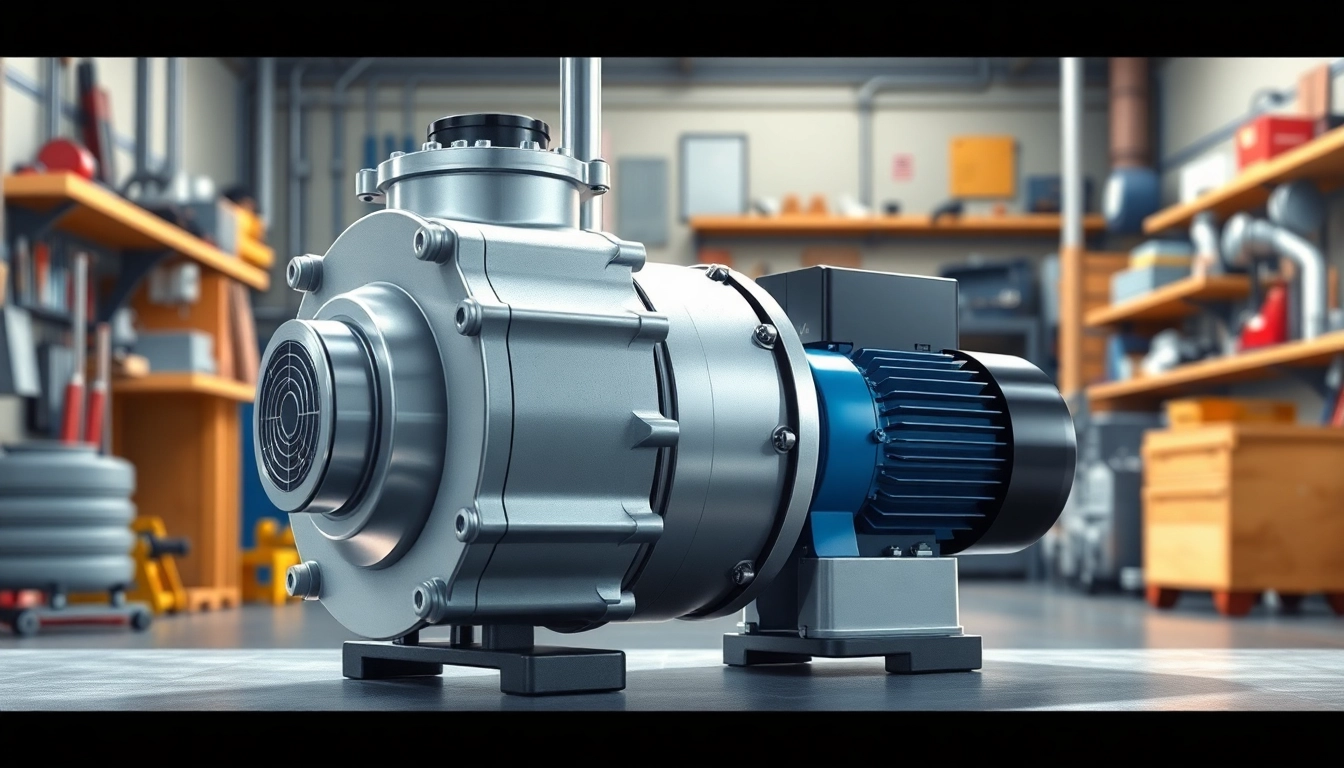Achieve Youthful Skin: Your Guide to Botox-Zürich Treatments

Understanding Botox: What You Need to Know
What is Botulinumtoxin A?
Botulinumtoxin A, commonly known as Botox, is a neurotoxic protein produced by the bacterium Clostridium botulinum. Initially discovered for its ability to cause muscle paralysis, it has now transitioned into the aesthetic field, where it is utilized for its remarkable ability to reduce wrinkles and fine lines. This transformation has made it one of the most sought-after treatments in cosmetic medicine today.
How Does Botox Work?
Botox functions by blocking the signals transmitted between nerves and muscles. When injected into specific facial muscles, it temporarily paralyzes these muscles, preventing them from contracting. This relaxation results in a smoother appearance on the surface of the skin, particularly in areas prone to dynamic wrinkles—facial lines that develop as a result of repetitive muscle movements. The effects of Botox are not immediate, typically taking several days to manifest fully, but they can last anywhere from three to six months, depending on individual factors, making it a highly effective non-surgical option for those seeking a more youthful appearance.
Benefits of Botox Treatments
Botox offers a multitude of benefits, particularly for those looking to enhance their appearance without undergoing invasive surgery. Here are some of the key advantages:
- Non-Invasive: Unlike surgical procedures, Botox injections are quick, usually taking about 15-20 minutes.
- Minimal Downtime: Patients can return to their daily activities almost immediately after treatment.
- Customizable: Treatments can be tailored to individual needs, allowing for targeted results based on specific areas of concern.
- Long-Lasting Results: Most patients enjoy results that last several months, with the possibility of repeat treatments to maintain their appearance.
- Enhanced Self-Confidence: Many patients report feeling more confident and satisfied with their appearance following treatment.
When to Consider Botox: Signs and Ideal Candidates
Common Age-Related Concerns
As we age, our skin loses collagen and elasticity, leading to the development of wrinkles and fine lines. Common concerns that prompt individuals to consider Botox include:
- Forehead lines
- Glabellar lines (frown lines between the eyebrows)
- Crow’s feet (lines around the eyes)
- Thin upper lip or drooping corners of the mouth
Who Should Avoid Botox?
While Botox is safe for most individuals, certain conditions may warrant caution or contraindications. Potential candidates for whom Botox may not be suitable include:
- Pregnant or breastfeeding women
- Individuals with neuromuscular disorders (e.g., myasthenia gravis)
- Those with allergies to botulinum toxin or any of the components used in the formula
- Individuals experiencing infections at the injection site
Consultation and Skin Analysis Importance
A thorough consultation is paramount before undergoing Botox treatment. During this session, practitioners will evaluate the patient’s skin condition, discuss expectations, and address any questions or concerns. An in-depth skin analysis helps tailor the treatment to the patient’s specific needs, ensuring optimal results while minimizing risks.
Botox Application Areas: Tailored Treatments
Popular Treatment Zones
Botox is commonly used in several key areas, including:
- Forehead: To smooth out horizontal lines developed from raising eyebrows.
- Glabellar Region: To treat vertical frown lines.
- Periorbital Area: To reduce crow’s feet around the eyes.
- Perioral Area: For lip flips and reducing smile lines.
Combining Botox with Other Treatments
Many patients opt to combine Botox treatments with other cosmetic procedures, such as dermal fillers or chemical peels, for more comprehensive results. For instance, while Botox addresses dynamic wrinkles caused by muscle movement, dermal fillers can restore lost volume and enhance facial contours.
Special Considerations for Men
Men are increasingly seeking aesthetic treatments, with Botox being a popular option. However, considerations for male clients often differ, focusing on achieving a more masculine look. Treatment plans for men usually involve less aggressive dosing in areas like the forehead and around the eyes to maintain natural expression and contour.
The Botox Procedure: What to Expect
Initial Consultation Process
During your consultation, an aesthetician will walk you through the treatment process. This includes reviewing your medical history, discussing your aesthetic goals, and performing a preliminary skin assessment. Key questions may cover previous cosmetic procedures, allergies, and any medications you are currently taking.
The Injection Procedure Explained
The actual Botox procedure is relatively quick. After prepping the skin with an antiseptic, the practitioner will administer a series of small injections into the targeted muscles using ultra-fine needles. The injections typically cause minimal discomfort, and many patients report feeling only a slight prick. A topical anesthetic can be applied beforehand if desired.
Post-Treatment Care and Recovery
Post-treatment guidelines are crucial for achieving the best results. Patients are usually advised to avoid strenuous activities, excessive heat, and lying down for several hours after injection to prevent the product from migrating to unintended areas. Minor swelling or bruising at the injection site can occur but typically resolves within a few days.
Patient Testimonials: Real Results from Botox-Zürich
Success Stories from Satisfied Clients
Many clients leave our clinic expressing their satisfaction with their Botox outcomes. For instance, one client shared, “I was hesitant at first, but after my treatment, the transformation was remarkable. My wrinkles significantly softened, and I feel so much more confident in social settings.” Testimonials like these underscore the transformative power of Botox in enhancing one’s appearance and boosting self-esteem.
Addressing Common Concerns
Some individuals may still have lingering concerns about Botox, particularly regarding pain or side effects. It’s vital to understand that while some people may experience slight discomfort during injections, the overall procedure is commonly well-tolerated. Additionally, the risk of severe side effects is minimal when performed by skilled practitioners.
Continuous Care for Long-lasting Effects
To maintain the desired results, many practitioners recommend regular follow-ups to schedule maintenance treatments. The efficacy of Botox diminishes over time as muscle activity gradually returns, making ongoing care essential for prolonged results.








